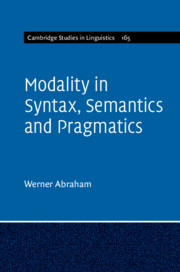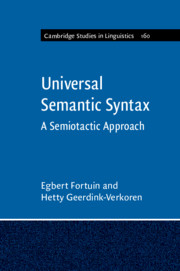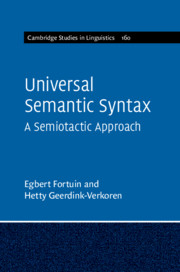Grammatical Voice
The grammatical category of voice covers a wide range of phenomena, including causatives, applicatives, passives, antipassives, middles, and others. Drawing on data from over 200 languages, Fernando Zúñiga and Seppo Kittilä illustrate the semantic, morphological, and syntactic variation of voice across languages from a range of families and regions. They approach the topic from a broad and explicit perspective, and discuss a variety of topics that are not always regarded as voice, in order to make a clear and useful conceptual delimitation. Clearly organized and accessibly written, the book will be welcomed by students and scholars of linguistics, especially those interested in how grammatical categories work.
- The first ever textbook devoted to the cross-linguistic study of voice
- Creates consistent terminology that can be adopted by users to enable better understanding of the field due to common labels for different, yet similar, phenomena
- Includes a chapter on sources of individual voices and voice syncretisms
Product details
No date availableAdobe eBook Reader
9781316998892
0 pages
23 b/w illus. 19 tables
Table of Contents
- 1. Introduction
- 2. Changing semantic valency: causatives, applicatives, and related constructions
- 3. Changing syntactic valency: passives, antipassives, and related constructions
- 4. In search of balance: agent and patient voices
- 5. The affected subject: reflexives, reciprocals, and middles
- 6. Covert diatheses: uncoded alternations
- 7. The fringes of voice
- 8. Diachronic aspects of voice
- 9. Revisiting voice theory.







